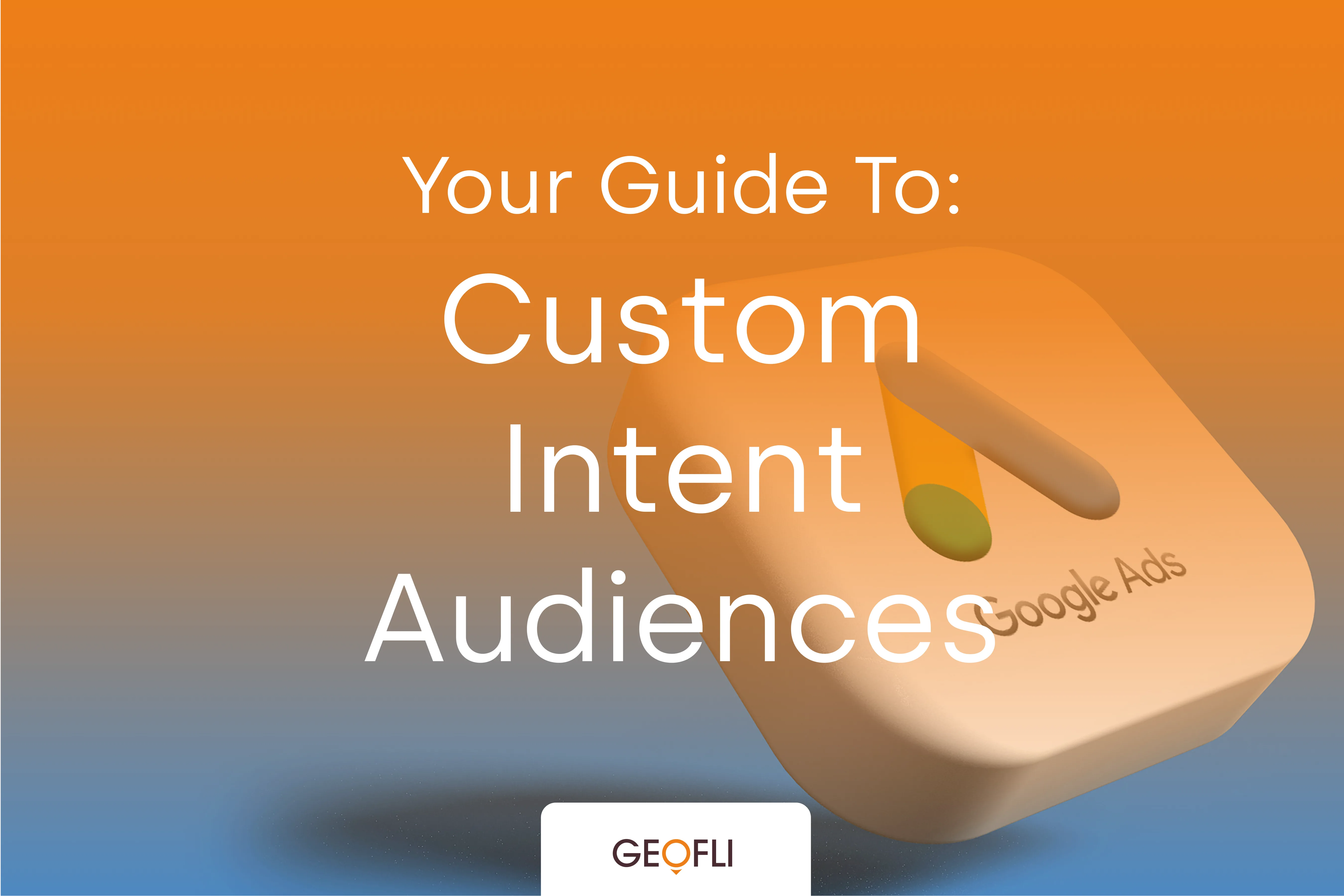
Custom Intent Audiences: Everything You Need To Know
This guide explains how to use custom intent audiences, now called custom segments, in Google Ads. It covers how they work, why they were renamed, and how to set them up and optimize them.

By offering different content to users from California, than to users from New York, we can overcome some serious hurdles when it comes to website design, and the limited space "above the fold".
Sure, getting strangers to visit your website is key, but what happens once they're there? What can we do to help steer potential customers, leads, and stakeholders, closer towards a conversion?We're used to hearing about design principles instructing us to put our best content above the fold. We, and others, think this is outdated. It assumes people don't scroll.But they will scroll. They already do.Sofia Woods states this regarding the usability of a website: "There are many factors that affect the usability of a website, and it is not just about form (how good it looks), but also function (how easy it is to use)."You can make a website easier to use with geotargeting.
geotargeting 1.noun. Refers to the practice of delivering different content to a website user based on their geographic location. Geotargeting can be used to target website visitors through paid or organic search.By offering different content to users from California, than to users from New York, we can overcome some serious hurdles when it comes to website design, and the limited space "above the fold".Using geotargeted website personalization strategies, let's execute the following steps to meet our goals:
The instant website visitors land on your site, they should feel like they belong there.If you do, your website will see an increase in time-on-site, pages per session, and conversions, along with a decrease in bounce rate.We'd bet a website like this has a higher bounce rate than you could shake a stick at:Granted, the aesthetics of a website like this can drive traffic away alone, but we're really referring to the content itself.We don't have to cram all, or even half of, our best content in the limited real estate at the top of our home page. We can pick and choose through geographical segmentation, leading to a cleaner, easier experience for all of our website visitors.
You are the digital marketing manager for your local destination marketing organization in Florida. Through geotargeting strategies paired with the content replacement software GeoFli, you were able to segment your website visitor's experience like this:A website visitor from Boston lands on your site, and immediately sees flight information out of Boston Logan International, that the Patriots are playing in a few weeks, and that the weather is supposed to be 20 degrees warmer than at home:At the same time, a different website visitor from Southern California sees flight information out of LAX and a CTA to book tickets at Disney World while they have the chance:Imagine the power! Your website visitors now feel connected, and are confident that they are about to find solutions and are enabled to act on them.If they haven't already converted, they're scrolling down the page. They're staying on site and looking at more content. And you bet they're about to convert!
At this point, the top 33% of a page, the first 600px, all the content above the fold, has done it's work to let the website visitor know what they can expect through the rest of the site.Our goal was to give them enough information in order to convince them to stay on site, and eventually convert.Whether you want your website visitors to place an order, sign up for a blog newsletter, or register for an event, have you given them enough digestible information to do that?And how do you connect conversions to those targeted content changes? How do you measure?
Google Analytics is amazing, but one of the more useful features it could have is scroll tracking. Luckily, there's a plugin for that.This plugin helps measure the 25%, 50%, 75%, and 100% scroll points and sends a Google Analytics Event for each. You can also track when specific elements on the page are scrolled into view.Check out how to use this data here. Your data is only as powerful as your ability to analyze it!
A goal should be in place in order to measure your Key Performance Indicators (KPIs). This could be a form submission, booking a meeting, viewing three pages, purchasing, or whatever the "goal" or "conversion" of that page (or your entire organization) is.There are four goal types, and each allow different tracking methods. Check out our article on Google Goals for more information, or watch the video above to find out how to set them up.Events can be used to measure any action on the site, and can be recorded more than once. Goals can only be recorded once for each user.For example, let's say we run a blog and we have events set up to measure scroll depth, as well as a goal funnel set up to track how many of our users read the entire article.A user can land on our post and scroll to 25% depth, 50% depth, and 75% depth. Three events are recorded.The same user can navigate away from the page before they reach 100% depth, and never trigger the "article read" goal.Your KPIs will be sky high, once you implement the content replacement strategies described in this article.
Now you know a few things: you know how to tell the depth that the average website visitor scrolls to, where to target your content changes, and how to measure the improvement of your website's KPIs based on your content changes.How do we know this will happen? We've seen it happen, first hand.Using GeoFli, businesses have seen a 7% increase in conversion rates, a 92% lift in goal completions, a 25% increase in time-on-site, and a 37% decrease in bounce rate.Let us know how it went for you!

